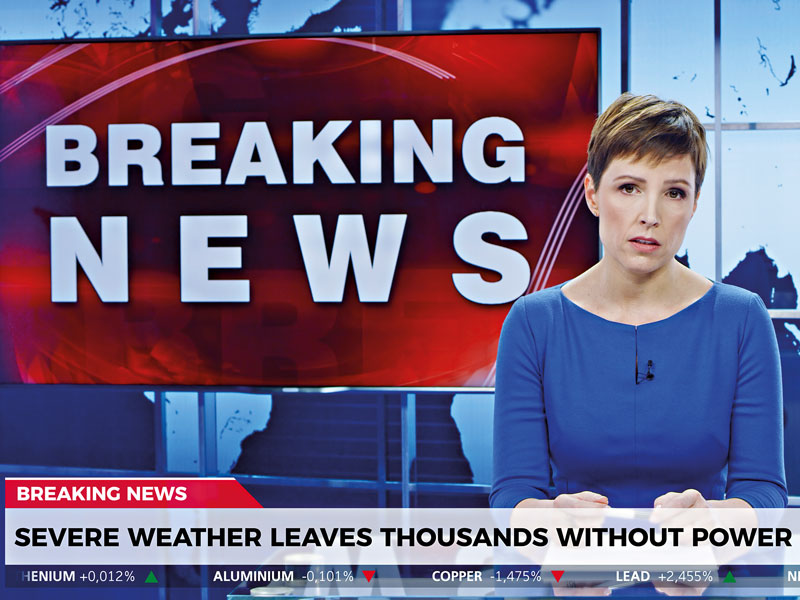
After the 2020 pandemic lockdowns, 2021 introduced us to Brexit-induced food, fuel and CO2 shortages, ongoing supply chain problems and scarcity of everything from lorry drivers to Christmas turkeys. Like it or not, daily life frequently feels as though it’s coming close to standstill.
As responsible business owners, at what point should we stop mitigating for ‘disasters’ given that you cannot plan for every possible eventuality? COVID-19 has taught us that if a company’s HQ was shut down in an emergency – flooded or targeted by wrongdoers, say – staff can of course find the agility and flexibility to ‘keep calm and carry on’ in the short term. But with wave after wave of nationwide difficulties to tackle in the domestic sphere, perhaps it’s time for bosses to take business continuity planning (BCP) up yet another level.
Take an example from the US. Grim though the thought may be, before the Columbine high school massacre in 1999 it would have been unthinkable to consider that an active shooter situation might need to be covered in a school’s emergency drill procedures. Twenty years later, thanks to the proliferation of extremism of all stripes, a gun accessibility culture that is at odds with the rest of the western world, and crucially, an exponential increase in actual firearm attacks, the sad reality is that now every school in the country has a plan and a drill for if a gunman shows up. Mercifully, the possibility of armed intruders in a US school is still not likely, but it is statistically possible enough that the smart thing to do is to prepare for it. Such preparedness has been a common part of US school life for a generation in the hopes that the worst will never come to pass, but that people will know what to do if it does.
Striking the right balance
New stories about uncommon occurrences becoming possible or even probable beg the question of just how far strategy and governance now need to go to protect businesses from catastrophe. A balance needs to be struck without a doubt, but it is worth asking the question of how long work could – or should – continue as normal if fuel or power supplies take a severe hit. What are the most important aspects of your business, how can you ensure their continued delivery no matter what, and is there a scenario when that is no longer feasible? And it is not only the details of the plan that are important to consider; it is crucial to win the hearts and minds of the staff delivering that service when they might also be facing significant difficulties outside of the job if the worst comes to the worst.
Against the current political and socio-economic landscape, perhaps it is time to review that line, and approach planning for it head on. When the pandemic first struck, it was the businesses without a plan that were left panicking and whose staff were overloaded, trying to navigate lockdowns and stay safe while muddling through their work as best they could.
When the pandemic first struck, it was the businesses without a plan that were left panicking and whose staff were overloaded
Of course, a contract is a contract and we can all be flexible and adapt, changing our lives short term to overcome business road bumps, but what if the country is headed for food shortages or power cuts that last for months on end? Disaster recovery and business continuity are linked, but they are not one and the same. I’d wager that if things really get ugly, not many people would place their employer’s strategic or financial objectives over basic household survival.
Most boardrooms can be crudely divided into ‘hawks’ and ‘doves’; those who take risk with a pinch of salt, and those who are more cautious. But like gas masks being carried in WWII, earthquake and tsunami drills in Pacific countries, or fire drills the world over, with any insurance policy, you prepare for the worst and hope for the best. Office workers being issued laptops rather than desktops as standard to enable working from home in any scenario does not seem overkill by comparison.
Back on UK soil, it certainly feels like the needle is moving in the more extreme direction all the time. Against a backdrop of COVID-19, Brexit and climate disaster, perhaps levelling up what we consider the worst-case scenario is not as paranoid as it may seem. It’s one thing having your server backed up and work-from-home policies sorted, but what use is that BCP if someone simply turns off the nation’s lights?


